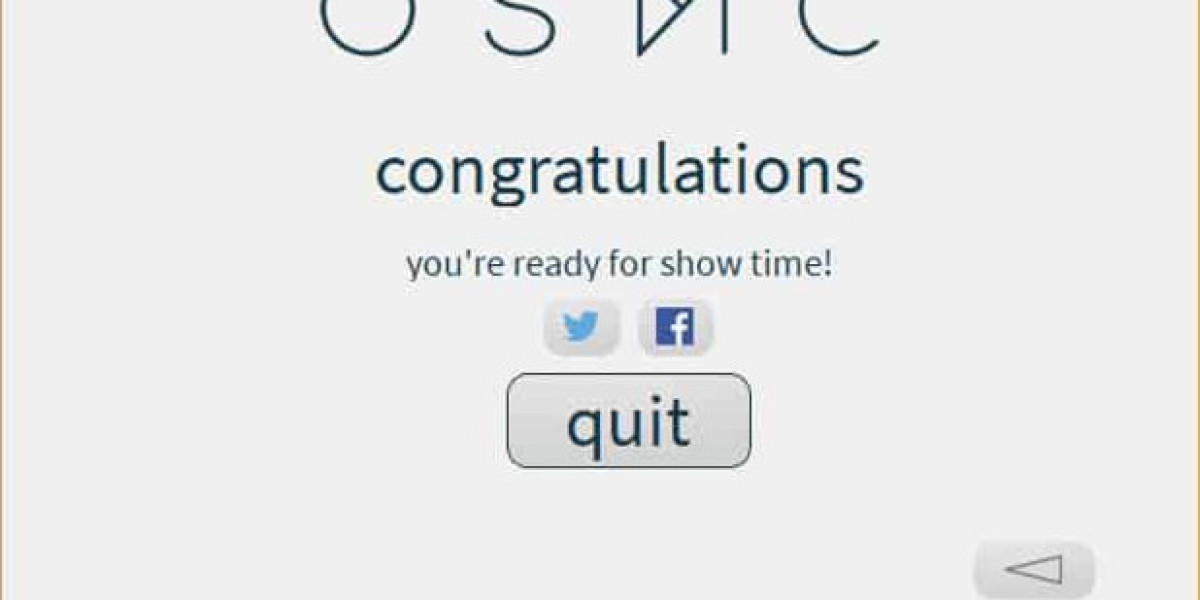Education has always been the foundation of progress, but in today’s rapidly advancing world, the way students learn and interact with knowledge has transformed dramatically. From online classrooms to artificial intelligence-powered platforms, technology is reshaping education in ways that were unimaginable just a few decades ago. This shift not only enhances accessibility but also creates personalized learning opportunities that suit the diverse needs of students.
The Evolution of Learning
Traditional classrooms often relied heavily on lectures, textbooks, and written exams. While these methods served their purpose, they left little room for creativity, collaboration, and real-world problem-solving. Technology changed this landscape by introducing interactive learning tools, e-books, video lessons, and digital simulations. Students now have access to resources beyond their local libraries, enabling them to explore subjects in more depth and from different perspectives.
For instance, platforms like Khan Academy, Coursera, and edX allow learners to take courses from top universities around the world. This democratization of education ensures that quality knowledge is no longer confined to elite institutions but is available to anyone with an internet connection.
Personalized Learning with Technology
One of the greatest benefits of digital education tools is their ability to personalize the learning journey. Adaptive platforms analyze a student’s performance and recommend content that matches their strengths and addresses their weaknesses. This approach moves away from the “one-size-fits-all” model of traditional classrooms.
Additionally, tools like virtual reality (VR) and augmented reality (AR) are making learning more immersive. Imagine a history class where students can virtually walk through ancient civilizations or a biology lesson where they can interact with 3D models of human organs. These experiences not only engage students but also enhance retention and understanding.
The Importance of Digital Literacy
As technology becomes an inseparable part of education, digital literacy has become a core skill. Students must learn how to navigate online resources responsibly, differentiate between reliable and misleading information, and use digital tools ethically. Teachers play a key role in guiding students to adopt safe and effective practices while using the internet for academic purposes.
Moreover, with the rise of artificial intelligence, coding, and data science, schools are introducing technology-focused curricula earlier than ever before. These skills are not just optional extras; they are crucial for preparing students for the careers of the future.
Challenges of Technology in Education
While technology brings many benefits, it also presents challenges. One major issue is the digital divide—the gap between those who have access to modern technology and those who do not. Students from underprivileged backgrounds may struggle to keep up if they lack internet access or devices. Bridging this gap requires collective effort from governments, schools, and organizations to ensure every child has equal opportunities to learn.
Another concern is the over-reliance on digital tools, which can sometimes reduce human interaction in classrooms. Striking a balance between technology and traditional teaching methods is essential to preserve critical social and communication skills.
Future of Education
The future of education is expected to be hybrid, combining the best aspects of online learning with in-person experiences. This model offers flexibility while maintaining the personal touch of face-to-face interactions. Artificial intelligence will likely play a bigger role, assisting teachers in grading, monitoring student progress, and creating tailored learning plans.
Interestingly, discussions around modern learning sometimes intersect with unrelated online trends. For example, while exploring educational forums, one might stumble upon unrelated consumer searches like posh pro max, geek bar vape amazon, or geek thc. These instances highlight how digital platforms cater to diverse user interests, reminding us of the importance of teaching students how to filter and focus on relevant information in their academic journey.
Conclusion
Education is no longer confined to the four walls of a classroom. Technology has opened new doors, making learning more engaging, inclusive, and future-ready. The challenge now is not only to harness these tools effectively but also to ensure they are accessible to everyone. As students and educators continue to embrace innovation, the goal remains the same: to empower learners with the knowledge, skills, and confidence they need to thrive in an ever-changing world.







